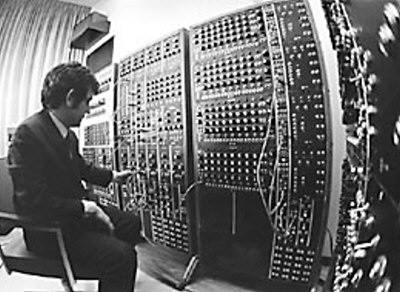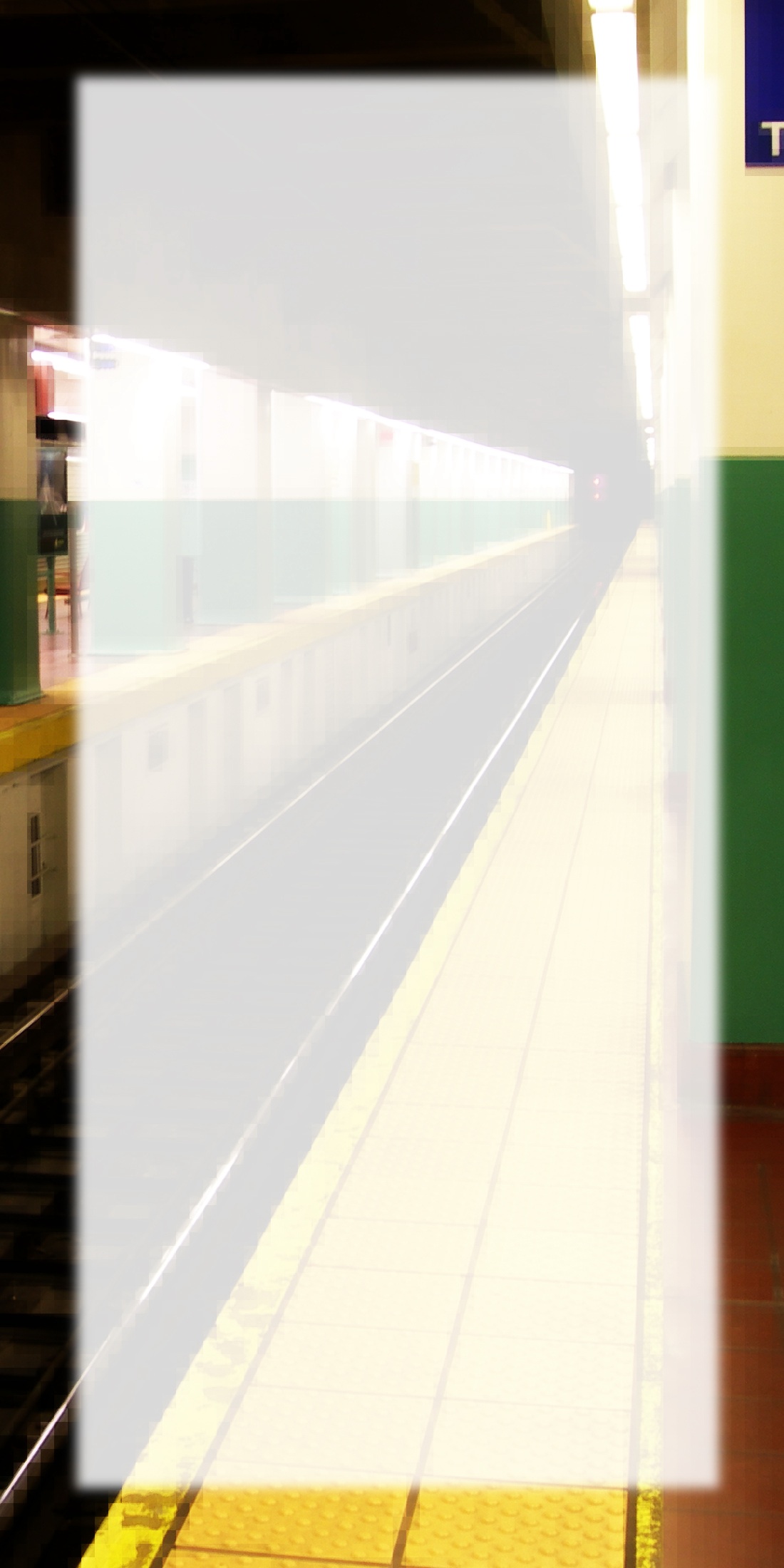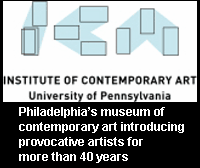
Joel Chadabe "Ideas" 1970
I'd describe it differently. Performing with an interactive instrument can be like participating in a conversation with a musical instrument, or it can be like sailing a boat on windy seas, interacting with the wind and the waves to keep the boat on course, or it can be like conducting an improvising orchestra. I continued to work in this direction, and in 1977, I was able to purchase the first Synclavier, a computer-digital-synthesizer system that I found ideal for developing interactive instrument concepts. In 1978, I composed Solo, in effect an eight-voice improvising orchestra that I conducted by moving my hands near two antennas, actually modified theremins built for me by Robert Moog.
By 1980, a general groundwork had been laid for future work. Music had indeed been opened up to all sounds and the first generations of new instrument concepts, including interactive instruments and novel performance devices, had been introduced. The 1980s and 1990s were characterized by the exploration of new ideas for musical instruments, including new performance devices, new software, and new approaches to digital signal processing, all of which amounted to the exploration of new instrument concepts. Notable among the new performance devices were Michel Waisvisz's Hands, which were hand-held keyboards; Max Mathews' Radio Baton, two batons, built by Robert Boie at Bell Telephone Laboratories, that sensed their positions in the air; Laetitia Sonami's Lady's Glove, an elbow-length glove containing a variety of sensors; and Curtis Bahn's S-Bass, a double-bass emulation with an array of sensors and pressure-sensitive buttons. The new software included Laurie Spiegel's Music Mouse, actually a software instrument-as-composition; Pro Tools, the software emulation of a recording studio; and Max, a graphical-interface software system for controlling a synthesizer. The new approaches to digital signal processing included the Synclavier, built by Sydney Alonso and Cameron Jones in Norwich, Vermont; Giuseppe DiGuigno's 4X, built at IRCAM; the SYTER, built by the Groupe de Recherches Musicales; and the Kyma System, built by Carla Scaletti and Kurt Hebel in Urbana, Illinois.
The exploration continues, of course, into the 21st century. What can we expect? We can expect to see a continuing stream of new instruments, defined in software and performed via ergonomically designed performance devices. We can expect instruments and improvisations to communicate via the internet, as in Max Neuhaus' Auracle, a worldwide improvisation program. And, as more people participate in musical processes, as recording and manipulating sound becomes more affordable and commonplace, we can expect new social and cultural roles for music, among them learning about our world through sound, forming communities, and in general, communicating. Reasonable expectations all of it. And in my view, it's all to the good.

